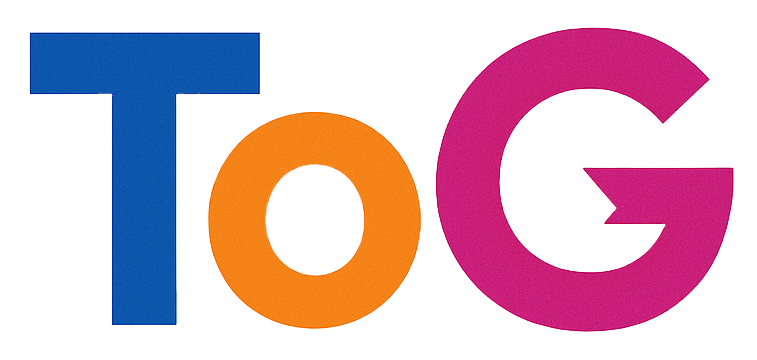Understanding the Top 20 vs. Top 100: Navigating the Future of Rank Tracking
In the evolving landscape of SEO and rank tracking, recent changes—such as Google’s removal of “&num=100″—are prompting industry professionals to reconsider their strategies. This adjustment has significant implications for how rank tracking tools operate and how businesses interpret their keyword data.
The Core Dilemma
Rank tracking platforms face a pivotal decision: Should they:
- Invest heavily in infrastructure to monitor the entire top 100 SERP results, accepting reduced profit margins or increased pricing?
- Maintain current capabilities but elevate prices, while offering flexible tracking options—such as weekly or tri-weekly updates for the top 100?
- Limit their tracking scope to the top 20 or top 50 results, potentially diminishing product value?
Beyond the Basics: Why the 20-100 Range Matters
Some analysts argue that tracking beyond the top 20 results serves only to verify indexing status. However, this perspective overlooks the critical insights gained from monitoring positions within the 20-100 bracket. Such data provides valuable information on the impact of SEO strategies—including backlinks, content optimization, site design alterations, and internal linking structures.
Furthermore, the top 100 data enables practitioners to identify whether sites that drop from the top 20 have been deindexed or simply experienced a temporary ranking fluctuation of 10-20 positions. This insight is essential for comprehensive SEO analysis and strategic decision-making.
Choosing a Path Forward
Rank tracking tools must weigh their options carefully. Given the three choices outlined, which approach would you prioritize if constrained to select a single strategy? Would you opt for broad coverage covering the top 100 results, focusing on higher pricing models, or narrowing the scope for cost-effective solutions?
Your insights and preferences can influence how the industry adapts to these challenges, shaping the future of SEO analytics.
What is your preferred approach in tackling this top 20 versus top 100 debate? Share your thoughts below.

